Two-pipe System Hvac
Two-pipe system hvac. As the name implies the system uses two pipes to the building. Two Pipe Central Heating System With a two pipe central heating system you will have two separate pipes going to each radiator one feeding the radiator flow and one taking the water away from the radiator back to the boiler return. VRF heat pump systems permit heating or cooling in all of the indoor units but NOT simultaneous heating and cooling.
A two-pipe system requires half the hydronic piping as the four-pipe system meaning fewer materials are required for build and installation a shorter installation time and a lower cost. The two-pipe direct return hydronic system has its advantages over the single-pipe system in significant ways. Reset controls are provided that allow heating and cooling supply temperatures at the changeover point to be no more than 30F apart.
What is a two-pipe HVAC system. In other words the entire building gets either heating or cooling. 1 90 for the HVAC unit and 2 10 for an ongoing 4-year service contract for the HVAC unitA.
A four-pipe system on the other hand has supply and return piping. Two-Pipe HVAC Systems. Four-pipe systems can supply heat to.
Two-pipe originated 50 or 60 years ago as a cost-effective way to add air conditioning. There is always the possibility that unusual weather patterns might cause some occupant discomfort. In a two-pipe reverse return system the total pipe length from the pump to and from each radiator is the same for all radiators on the same story.
Simulation results showed that the two-pipe system was able to use less energy than the four-pipe system thanks to three effects. At 62 and below you provide heating hot water. IECC requires a 2 pipe system to have a 15 deg OA deadband and 4 hour changeover time.
A 2-pipe HVAC system is one that uses the same piping alternately for hot water heating and chilled water cooling as opposed to a 4-pipe system that uses separate lines for hot and chilled water. When OA reaches 63 you stop heating water.
Four-pipe systems can supply heat to.
Two-pipe systems utilize only half of the hydronic piping utilized by four-pipe systems. A two-pipe system requires half the hydronic piping as the four-pipe system meaning fewer materials are required for build and installation a shorter installation time and a lower cost. Simulation results showed that the two-pipe system was able to use less energy than the four-pipe system thanks to three effects. As the name implies the system uses two pipes to the building. The single pipe system has one pipe running from one radiator to the next and then back to the boiler flowing in circular motion. A 2-pipe HVAC system is one that uses the same piping alternately for hot water heating and chilled water cooling as opposed to a 4-pipe system that uses separate lines for hot and chilled water. 1 90 for the HVAC unit and 2 10 for an ongoing 4-year service contract for the HVAC unitA. Determine each of the following related to this sale1. Two-pipe originated 50 or 60 years ago as a cost-effective way to add air conditioning.
Two-pipe system with overhead piping The distribution pipe is located in the suspended ceiling and air vents are installed in central positions. Two-pipe systems are less flexible than a four-pipe system. Two-pipe system with overhead piping The distribution pipe is located in the suspended ceiling and air vents are installed in central positions. These are also termed two-pipe system. VRF heat pump systems permit heating or cooling in all of the indoor units but NOT simultaneous heating and cooling. This gives a favorable water distribution. A two-pipe system uses half the hydronic piping required by a four-pipe system which results in a lower cost and a shorter installation time.




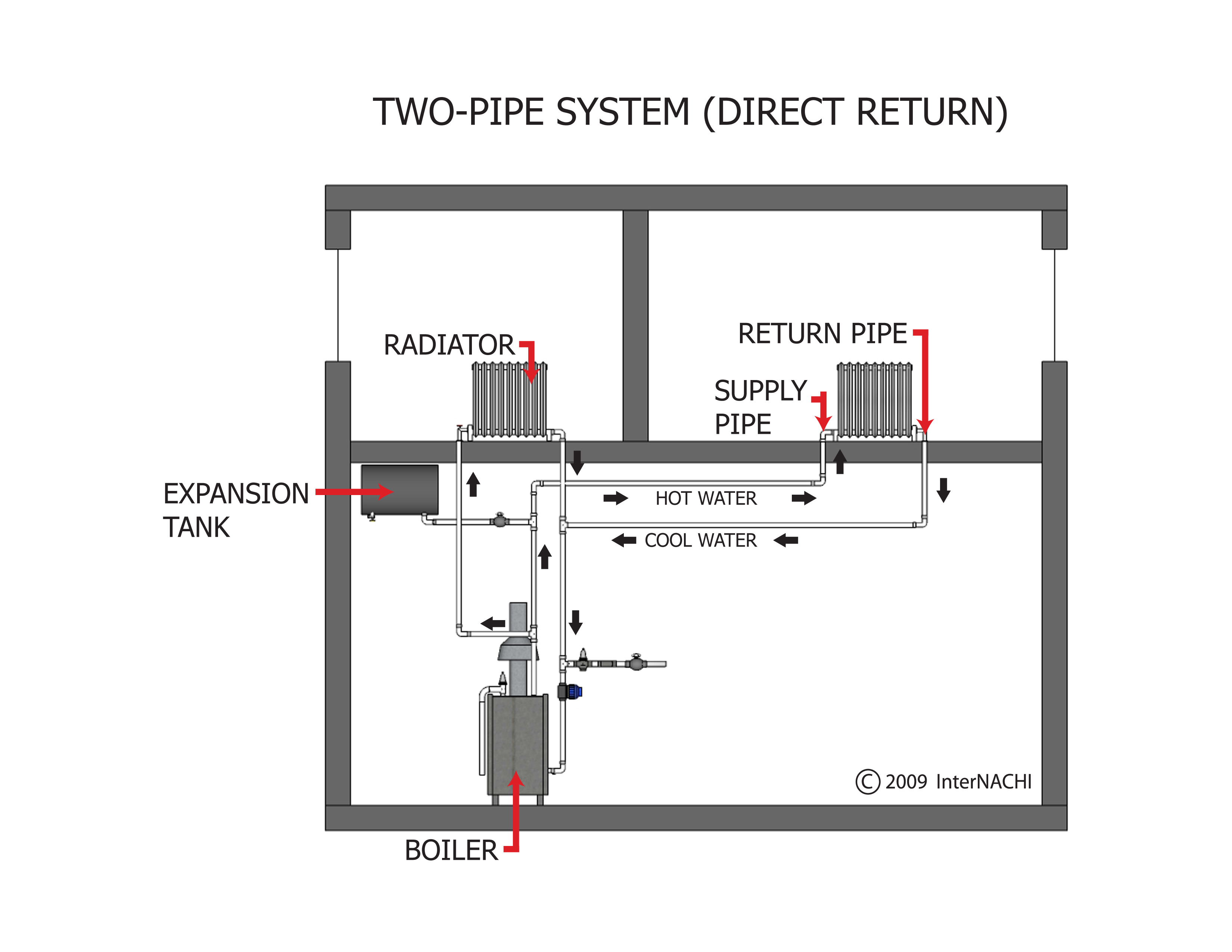
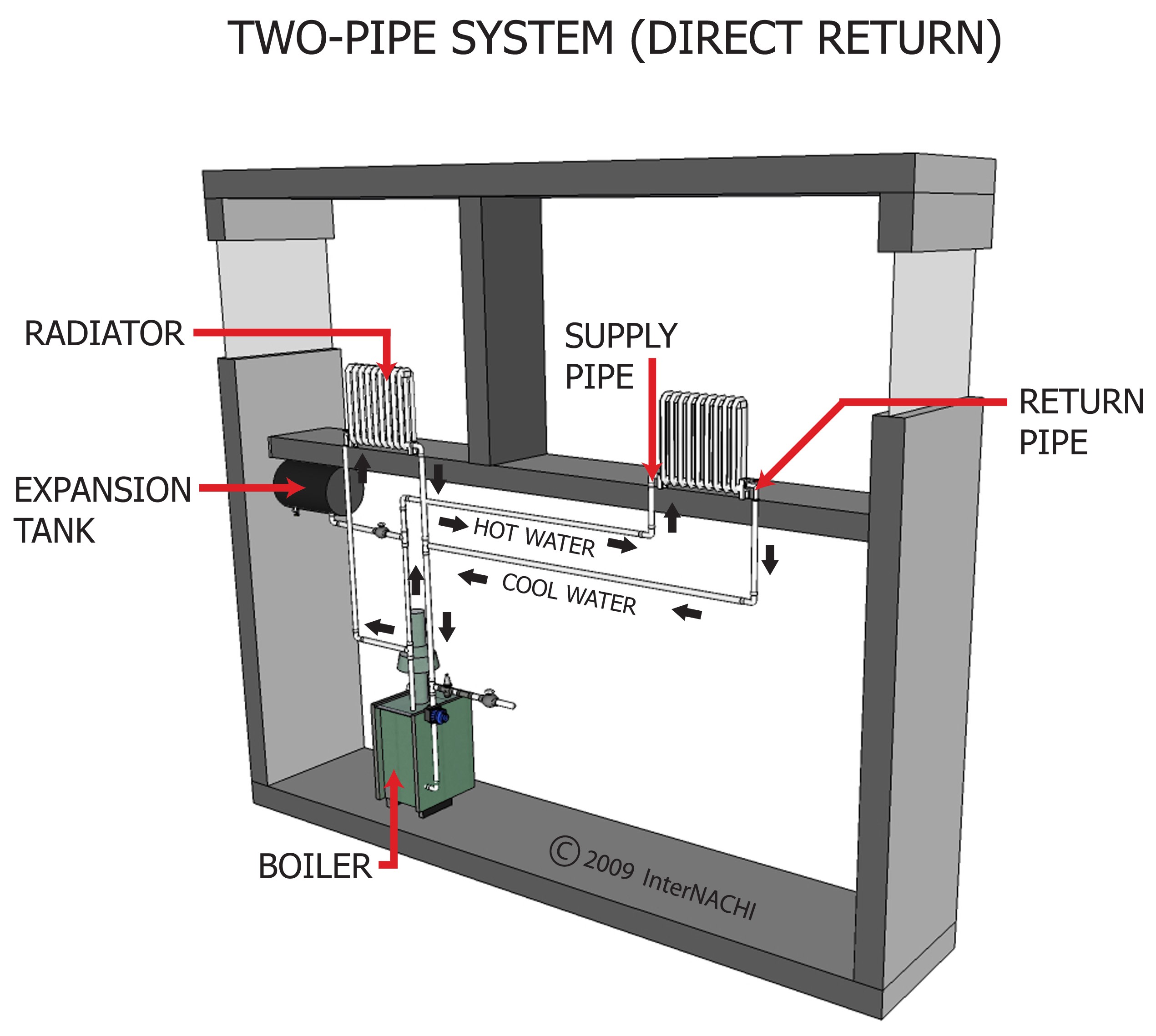


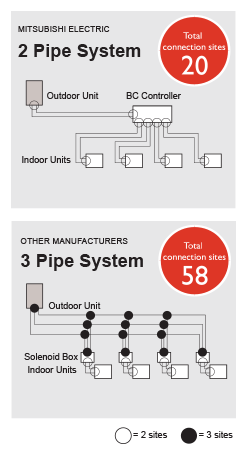











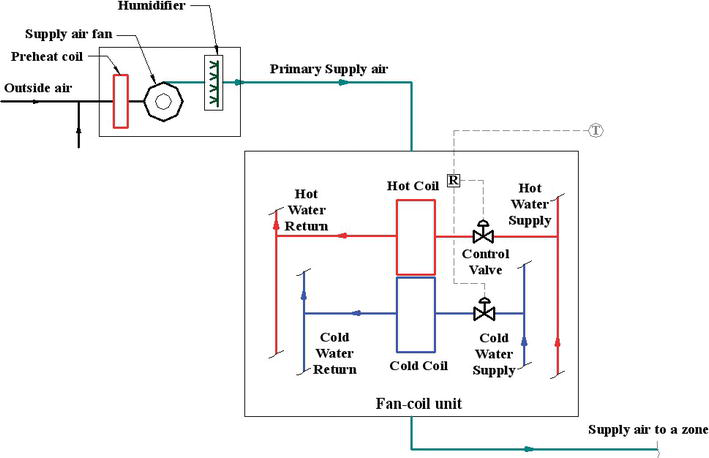





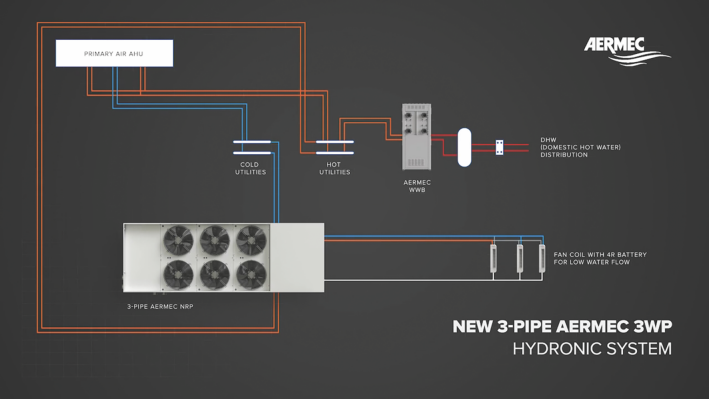

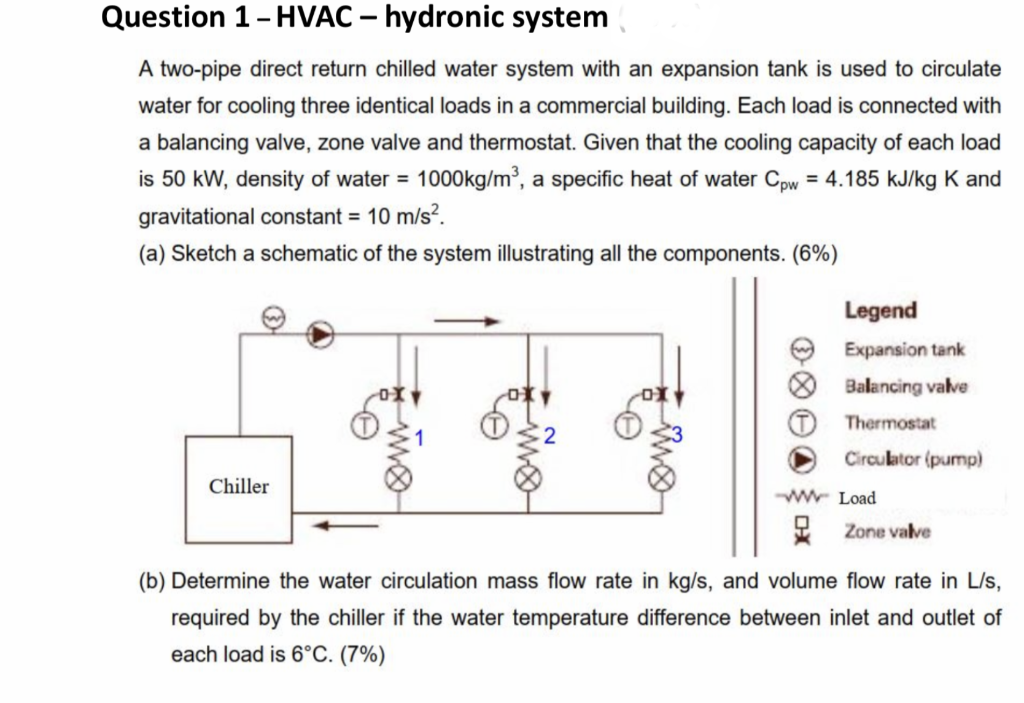

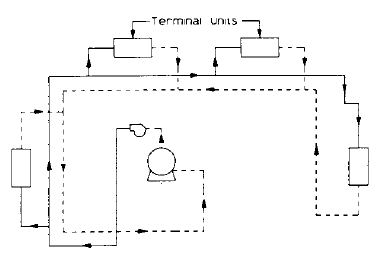
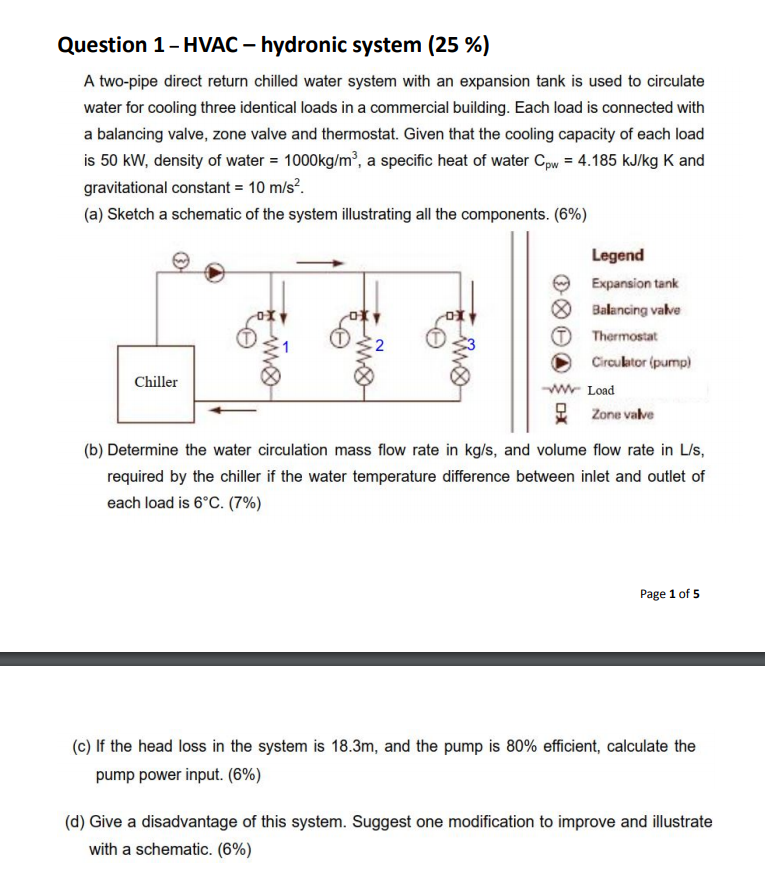




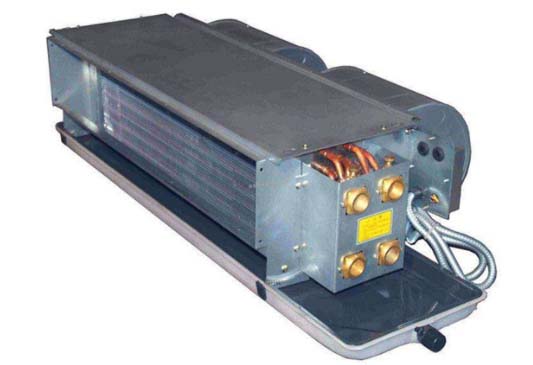


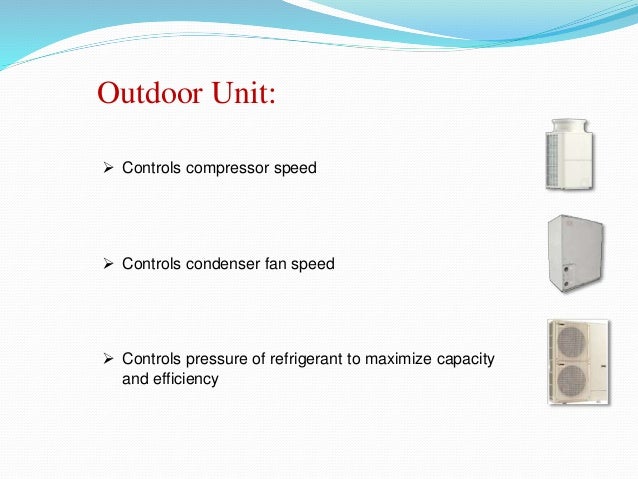



Post a Comment for "Two-pipe System Hvac"